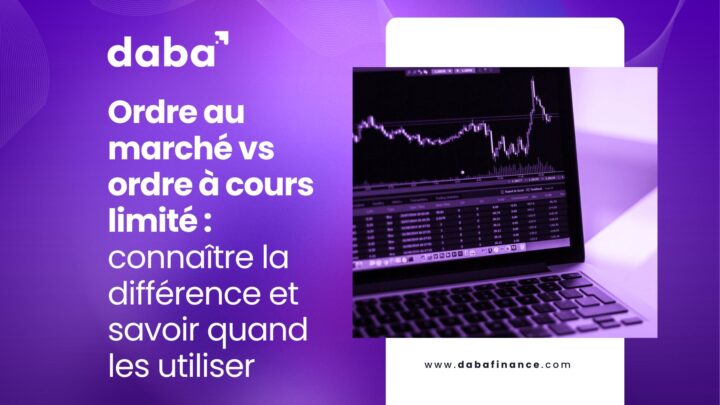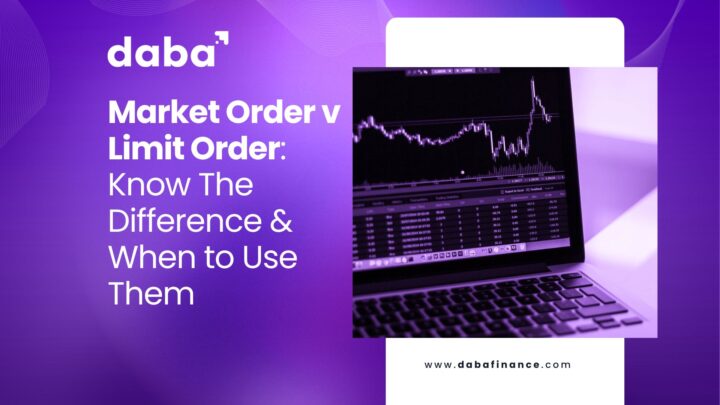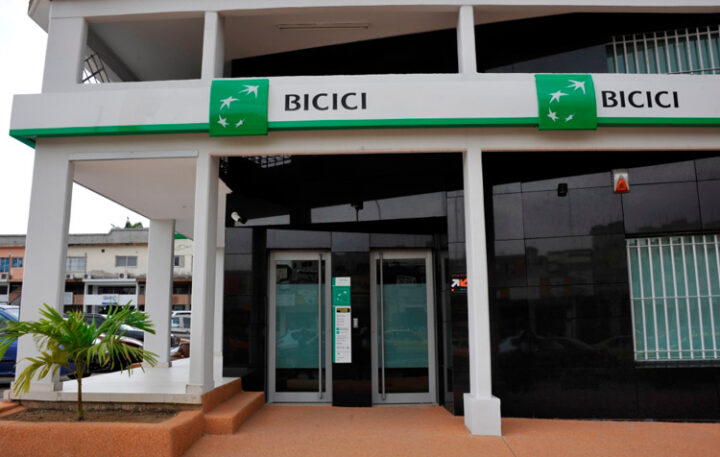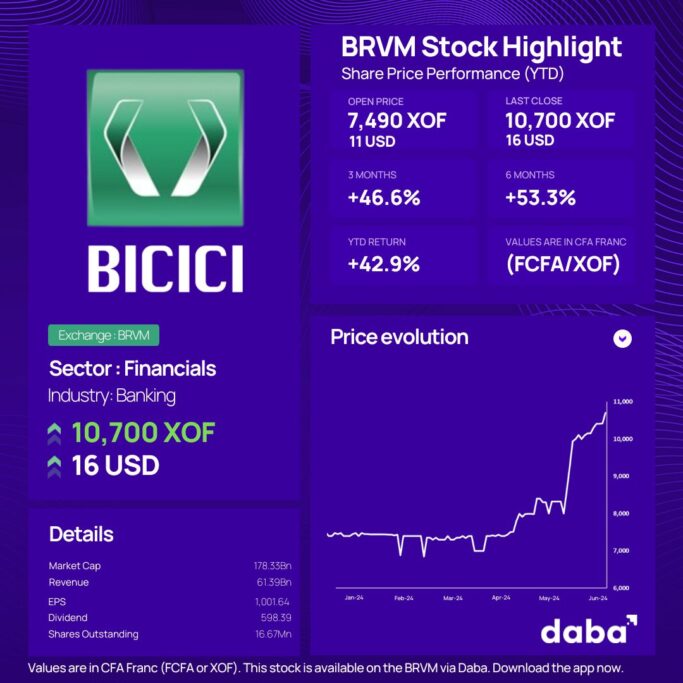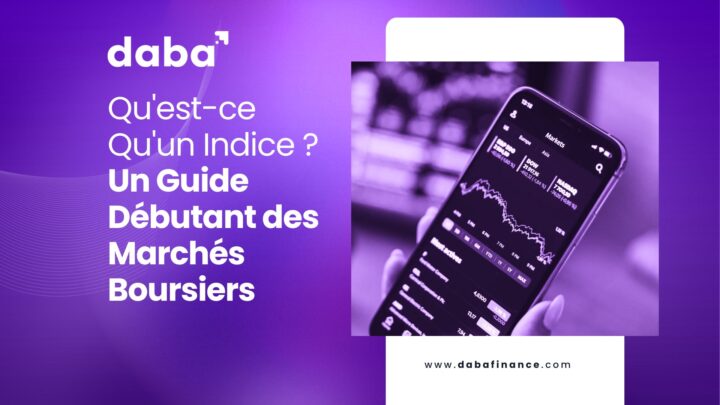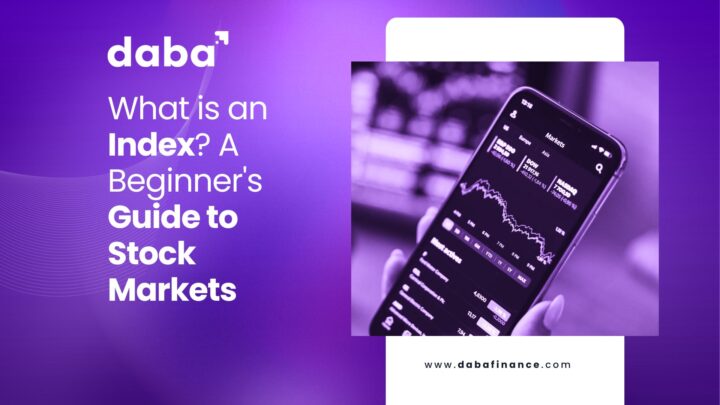Inside Société Multinationale de Bitumes (SMB) Côte d’Ivoire’s activity report for the first quarter of 2024.
Despite facing a slight dip in revenue due to the conclusion of projects related to the Africa Cup of Nations (AFCON or CAN in French) 2023, the company showed resilience and strong profitability.
In the following, we dive into SMB’s financial performance and its significance for potential investors.
Financial Highlights
Key Financial Metrics:
Revenue (Chiffre d’affaires):
- Q1 2024: 70,179
- Q1 2023: 72,331
- Change: -3% (2,152)
Operating Income (Résultat des activités ordinaires):
- Q1 2024: 4,447
- Q1 2023: 3,502
- Change: +27% (945)
Net Income (Résultat net):
- Q1 2024: 2,922
- Q1 2023: 2,553
- Change: +14.5% (369)
Key Insights
Revenue Analysis
SMB’s revenue for Q1 2024 decreased by 3% compared to Q1 2023, primarily due to the decline in bitumen sales on the national market following the completion of AFCON 2023-related projects.
However, the export market helped offset this decline, reducing the overall impact on revenue.
Profitability
Despite the drop in revenue, SMB achieved an impressive 27% increase in operating income, reaching 4,447 million FCFA.
This significant growth is attributed to a more favorable economic context for refining, with a margin indicator of $5.96 per barrel compared to $2.37 per barrel in Q1 2023.
Net income also rose by 14.5%, reaching 2,922 million FCFA. This growth reflects effective cost management and improved profitability in the face of challenging market conditions.
Strategic Outlook for SMB
Market Dynamics
The national demand for bitumen decreased in Q1 2024 due to the completion of AFCON 2023 projects. However, the implementation of the government’s road program as part of the National Development Plan (PND) 2020-2025 is expected to drive demand growth in the upcoming quarters.
Operational Efficiency
The favorable refining margins have significantly boosted SMB’s gross margin and overall profitability. The company’s ability to capitalize on export opportunities has mitigated the impact of reduced national sales.
Future Prospects
SMB remains well-positioned to benefit from the anticipated increase in national bitumen demand as the government’s infrastructure projects gain momentum. The focus on operational efficiency and strategic market expansion will support sustained growth.
SMB CI Stock Performance
SMB Côte d’Ivoire is currently the 21st most valuable stock on the BRVM with a market capitalization of XOF 100 billion, which is about 1.13% of the stock market.
SMB began the year with a share price of 10,530 XOF and has since gained 22% on that price valuation, ranking it ninth on the BRVM in terms of year-to-date performance.
Important to note that the stock has accrued 7% over the past four-week period, the seventh best over that period.

What This Means For Investors
SMB’s performance in Q1 2024 highlights the resilience and potential of the bitumen industry in Côte d’Ivoire. The company’s ability to achieve strong profitability despite revenue challenges underscores its robust operational framework and strategic acumen.
For potential investors, SMB presents a compelling investment opportunity. The company’s solid financial performance, effective cost management, and strategic focus on market expansion make it an attractive option for those looking to invest in the African construction and infrastructure sector.
Investors can easily buy and trade BRVM stocks like SMB using the Daba mobile platform. It offers a convenient way to invest in high-performing stocks on the BRVM, providing access to dynamic and rapidly growing markets.
With Daba Pro, our investors spot opportunities in stocks like this before they rally, ensuring they stay ahead of the market and make informed investment decisions. Tap here to subscribe now.
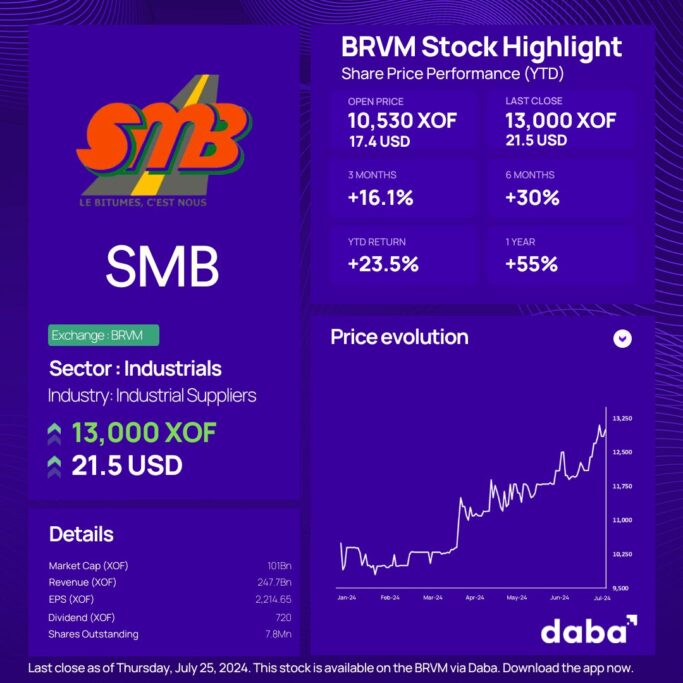
Conclusion
SMB’s Q1 2024 report reflects strong financial health with significant growth in operating and net income. The company’s effective cost management and strategic focus on enhancing refining margins and capitalizing on export opportunities position it well for continued success.
For investors, the company’s impressive stock performance and strategic initiatives highlight its potential for long-term growth and profitability.
Platforms like Daba offer a convenient way to invest in SMB and other high-performing BRVM stocks, providing access to promising investment opportunities in Africa’s dynamic markets.
Embrace the future of Africa’s economic growth and explore the myriad investment opportunities available in this resilient and promising continent with Daba.

